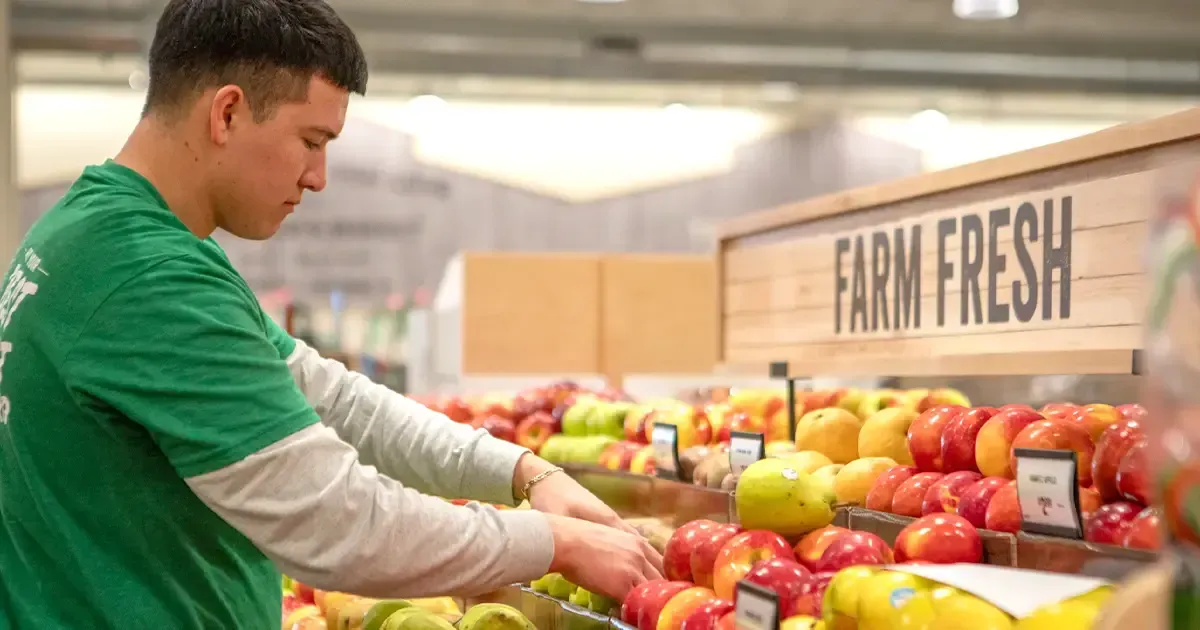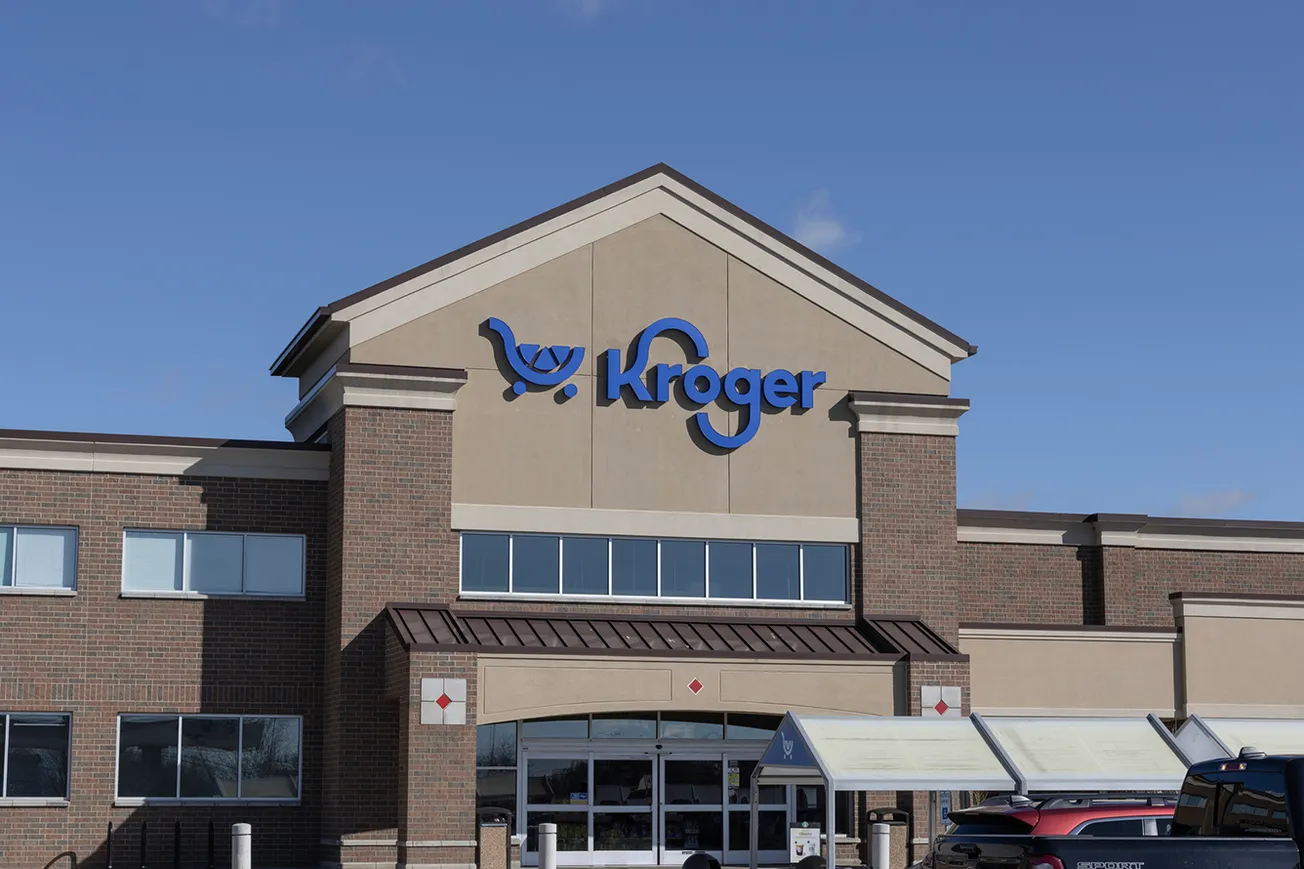The shopping cart has been around since the late 1930s, and most consumers probably don’t give it a second thought. It’s just a part of the shopping experience — something simple and basic that just works.
 But it’s worth remembering that the need for shopping carts was not obvious before they arrived on the scene, and that they received a tepid reception from consumers at first. Yet shopping carts arguably ended up transforming the grocery shopping experience and making modern mass retailing possible. Could a digital upgrade — a Shopping Cart 2.0 — do even more?
But it’s worth remembering that the need for shopping carts was not obvious before they arrived on the scene, and that they received a tepid reception from consumers at first. Yet shopping carts arguably ended up transforming the grocery shopping experience and making modern mass retailing possible. Could a digital upgrade — a Shopping Cart 2.0 — do even more?
Sylvan Goldman of the Standard Grocery chain in Oklahoma City was trying to solve a practical and relatable problem when he worked with mechanic Fred Young to invent the shopping cart in 1937. He wanted to increase sales.
Back then shoppers would carry a hand-held basket through the store and put the items they wanted to purchase in that. Goldman noticed that when the basket was full, or had become too heavy, people would simply stop shopping.
The solution, which Goldman patented in 1939, involved mounting two wire baskets on a folding metal frame with swiveling wheels. An ad in the Oklahoma City Times on June 4, 1937, asked, “Can you imagine wending your way through a spacious food market without having to carry a cumbersome shopping basket on your arm?”
The shopping cart has evolved since then, but not in a way that revolutionized the experience for consumers. But that may be about to change, as a number of tech companies look to bring the cart into the digital age.
Among those firms is Tel Aviv-based A2Z Smart Technologies Corp., which has developed a system called Cust2Mate that streamlines the retail shopping experience by letting customers scan and pay for the items they want with the shopping cart, skipping the checkout line.
New York City grocer Morton Williams, after a pilot, recently ordered 100 of Cust2Mate’s smart carts for its urban supermarkets.
Putting a cart though its paces during a recent demo at a Morton Williams store on Manhattan’s Upper West Side, Cust2Mate chief executive officer Guy Mordoch detailed a vision that goes well beyond just scanning and paying for groceries.
The cart’s large touchscreen has the potential to display real-time ads and targeted promotions to customers as they shop, while also helping shoppers navigate the store.
Mordoch acknowledges that the high-tech carts are more expensive than traditional shopping carts, but he says early data suggests that customers who use the carts spend up to 30% more than customers using regular carts. And he argues that the carts have the potential to boost and reinforce customer loyalty, while creating advertising and promotional revenue streams for the retailer.
Will it work? Who knows. But Goldman’s original shopping cart idea seemed crazy to a lot of people back in 1937. A lot of revolutionary ideas do.





